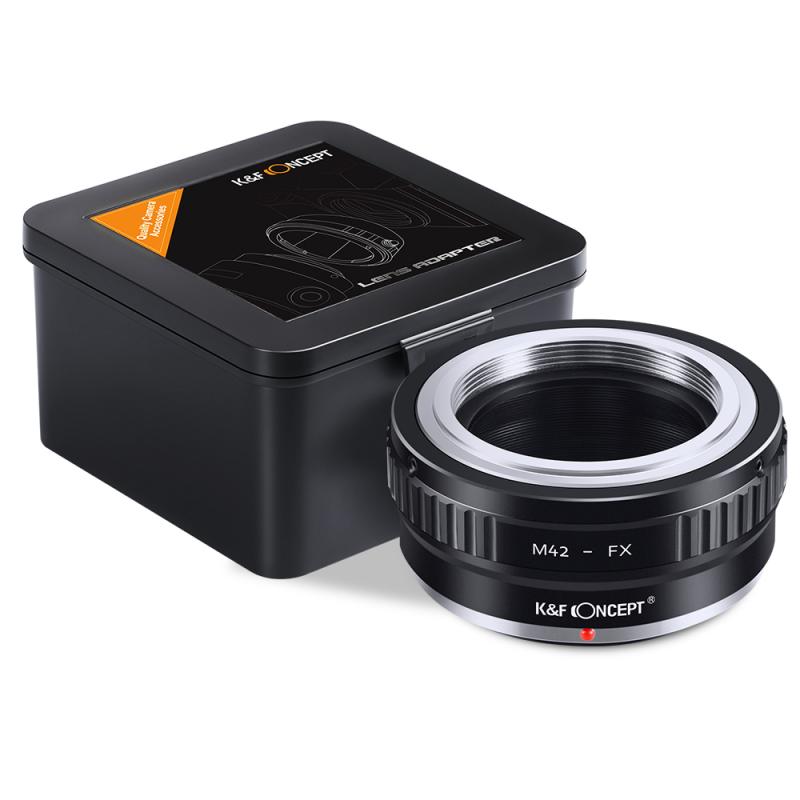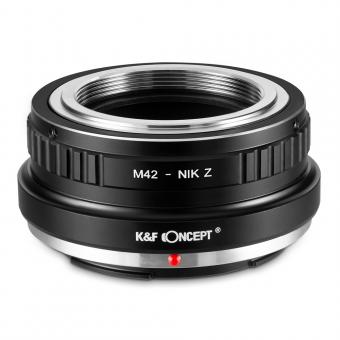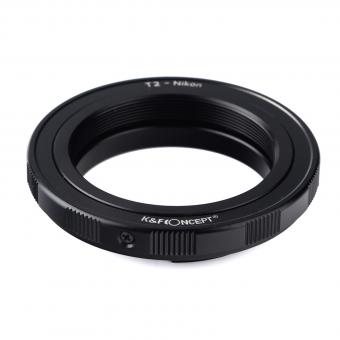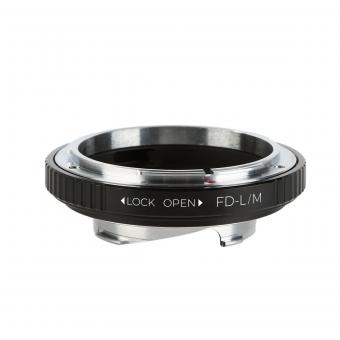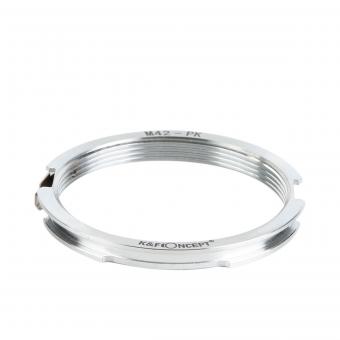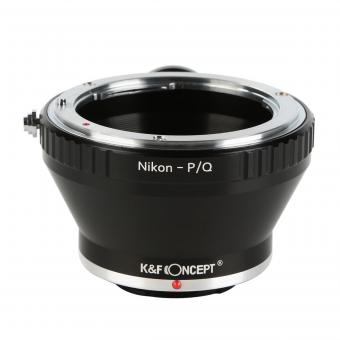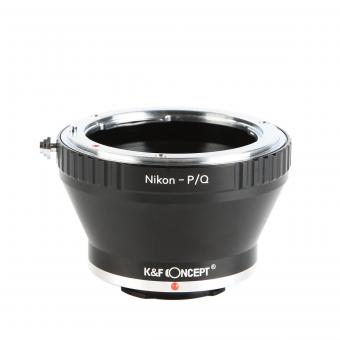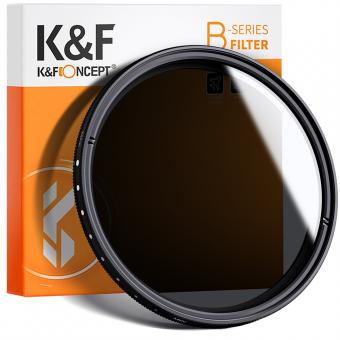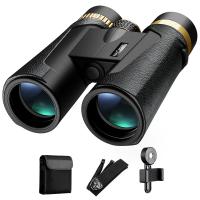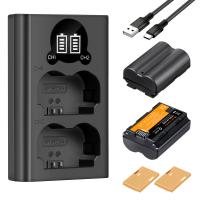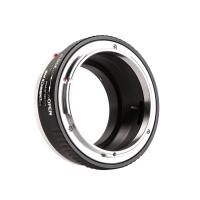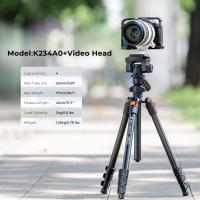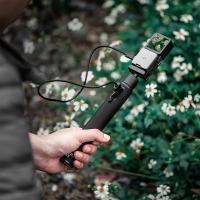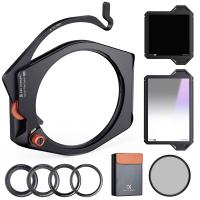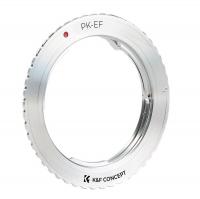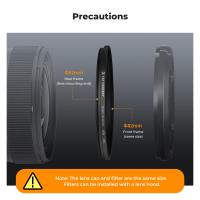How To Hold A Camera Vertically ?
To hold a camera vertically, simply rotate it 90 degrees so that the longer side of the camera is vertical and the shorter side is horizontal. This allows you to capture images in a portrait orientation rather than the traditional landscape orientation.
1、 Proper grip and hand placement for vertical camera orientation
Proper grip and hand placement for vertical camera orientation is essential to ensure stability and comfort while shooting. Holding a camera vertically may seem straightforward, but there are a few key points to keep in mind to achieve the best results.
Firstly, it is important to maintain a firm grip on the camera body. This can be done by wrapping your fingers around the right-hand side of the camera, with your index finger resting on the shutter button. This grip allows for easy access to the camera controls while providing stability.
Next, position your left hand underneath the camera body to support its weight. Your left fingers can either cradle the lens or grip the camera body, depending on the size and weight of your equipment. This dual-handed grip helps to minimize camera shake and allows for better control over framing and composition.
Additionally, it is crucial to be mindful of your body posture. Stand with your feet shoulder-width apart and slightly bend your knees to create a stable base. This will help you maintain balance and reduce the risk of camera shake.
In recent years, the popularity of smartphones and social media platforms has led to an increase in vertical photography. As a result, camera manufacturers have started incorporating features such as rotating LCD screens and dedicated vertical grips into their designs. These advancements make it easier to hold the camera vertically and capture images in portrait orientation without compromising on ergonomics.
In conclusion, holding a camera vertically requires a proper grip and hand placement to ensure stability and comfort. By following these guidelines and considering the latest advancements in camera design, photographers can capture stunning vertical images with ease.

2、 Adjusting camera settings for vertical shooting
Adjusting camera settings for vertical shooting is an essential skill for photographers looking to capture vertical compositions effectively. When holding a camera vertically, there are a few key considerations to keep in mind to ensure optimal results.
Firstly, it's important to hold the camera securely and comfortably. Grip the camera with both hands, keeping your elbows tucked in close to your body for stability. This will help minimize camera shake and ensure a steady shot. Additionally, using a camera strap around your neck or wrist can provide extra support and prevent accidental drops.
Next, adjust the camera settings to suit the vertical orientation. Start by rotating the camera to a vertical position, ensuring that the viewfinder or LCD screen is aligned accordingly. Many modern cameras have an option to automatically rotate the image on the screen, making it easier to compose your shot.
In terms of exposure, consider the lighting conditions and adjust the settings accordingly. If shooting in manual mode, you may need to adjust the aperture, shutter speed, and ISO to achieve the desired exposure. Alternatively, using semi-automatic modes like aperture priority or shutter priority can simplify the process while still giving you control over certain settings.
When it comes to focusing, most cameras offer multiple autofocus points. Ensure that the active focus point is positioned over your subject to achieve sharp focus. Additionally, consider using the camera's gridlines or electronic level to ensure that your composition is straight and well-balanced.
Lastly, don't forget to review your images after capturing them. Check for any potential issues such as overexposure, underexposure, or composition flaws. This will allow you to make any necessary adjustments and improve your vertical shooting technique over time.
In conclusion, holding a camera vertically requires a combination of proper grip, adjusting camera settings, and careful composition. By following these guidelines, photographers can capture stunning vertical images with ease.
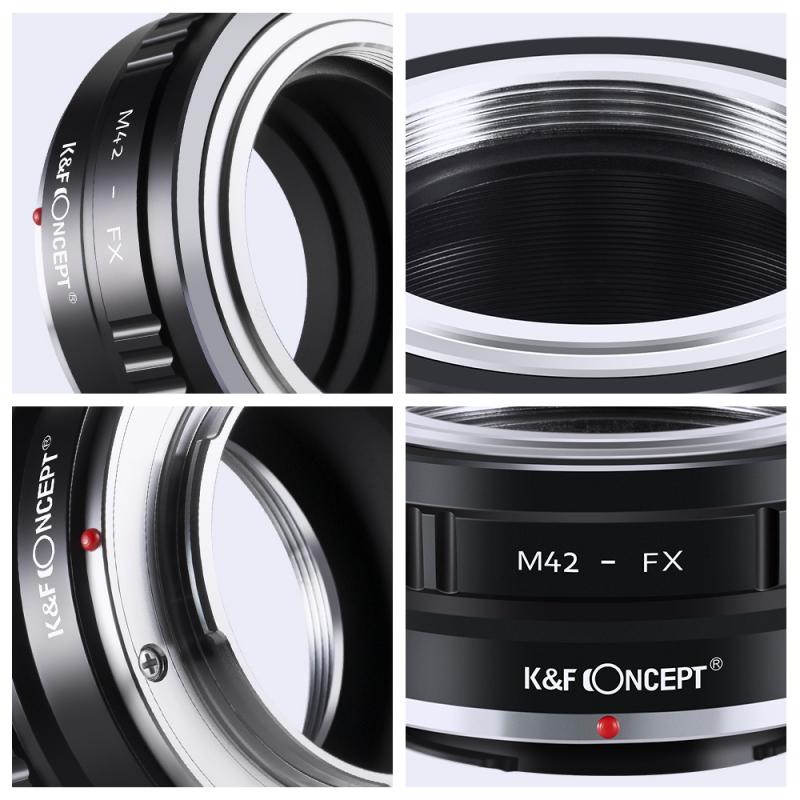
3、 Utilizing vertical framing and composition techniques
Utilizing vertical framing and composition techniques is the key to holding a camera vertically. When shooting in a vertical orientation, it is important to consider the following points to ensure a well-composed and visually appealing photograph.
Firstly, pay attention to the subject placement within the frame. Position the main subject off-center, following the rule of thirds. This creates a more dynamic composition and adds visual interest to the image. Additionally, consider the background and foreground elements to ensure they complement the subject and add depth to the photograph.
Secondly, be mindful of the vertical lines in the scene. Ensure they are straight and not tilted, as this can create a distracting effect. Utilize the camera's gridlines or a spirit level to help align the vertical lines accurately.
Furthermore, consider the aspect ratio of the image. Vertical framing is often used for portraits or capturing tall subjects, so adjusting the aspect ratio to a 4:5 or 9:16 can enhance the vertical composition and make the subject stand out.
Lastly, explore different perspectives and angles. Experiment with shooting from low or high angles to add a unique touch to the photograph. This can help emphasize the height or grandeur of the subject, depending on the desired effect.
In conclusion, holding a camera vertically involves more than just physically rotating the camera. It requires a thoughtful approach to framing and composition. By utilizing vertical framing and composition techniques, paying attention to subject placement, straightening vertical lines, adjusting aspect ratios, and exploring different perspectives, you can capture visually stunning photographs in a vertical orientation.
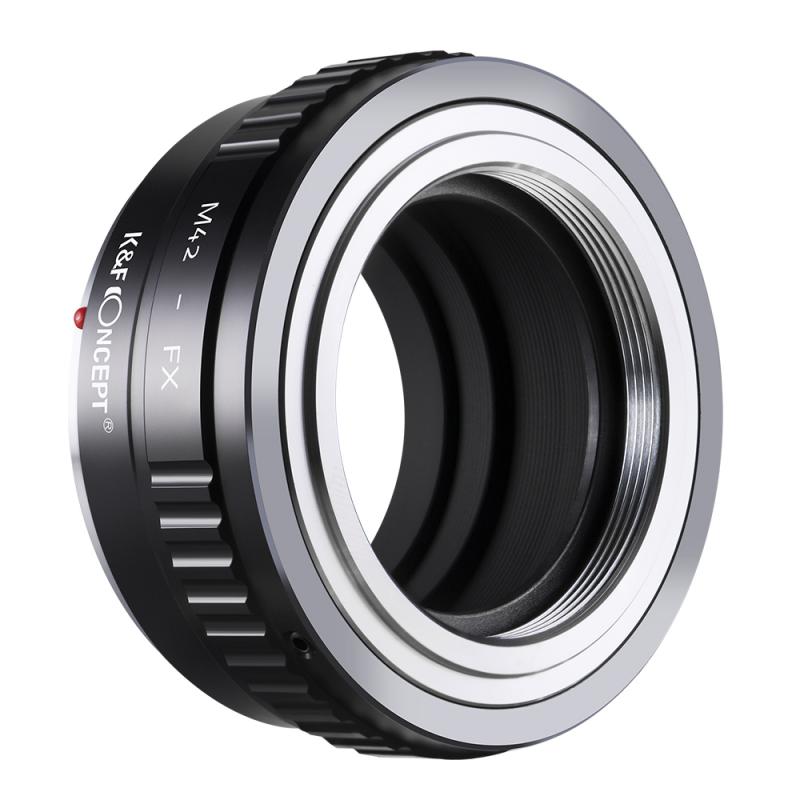
4、 Balancing stability and comfort when holding the camera vertically
Balancing stability and comfort when holding the camera vertically is crucial to ensure steady shots and prevent fatigue. Here's a guide on how to hold a camera vertically:
1. Adjust the camera strap: Start by adjusting the camera strap to a length that allows you to comfortably hold the camera against your body. This will provide additional stability and prevent accidental drops.
2. Use both hands: Hold the camera with both hands, just like you would when shooting horizontally. Place your right hand on the camera grip and your left hand underneath the lens for support. This grip will help you maintain control and stability.
3. Position your elbows: Keep your elbows tucked in close to your body to provide additional support and stability. This will help minimize camera shake and ensure sharper images.
4. Use your body as a brace: Press the camera against your forehead or cheekbone to create a stable point of contact. This technique, known as "bracing," helps reduce camera shake and allows for more precise framing.
5. Utilize image stabilization: If your camera has built-in image stabilization, make sure it is activated. This feature compensates for small movements and vibrations, resulting in sharper images.
6. Take breaks: Holding the camera vertically for extended periods can lead to fatigue. Take regular breaks to rest your arms and prevent muscle strain.
From a latest point of view, advancements in camera technology have introduced features like in-body image stabilization (IBIS) and electronic viewfinders (EVFs). IBIS compensates for camera shake by moving the camera's sensor, while EVFs provide a clear view of the scene even when shooting vertically. These features enhance stability and framing accuracy when holding the camera vertically.
Remember, practice makes perfect. Experiment with different techniques and find what works best for you. By balancing stability and comfort, you'll be able to capture stunning vertical shots with ease.
